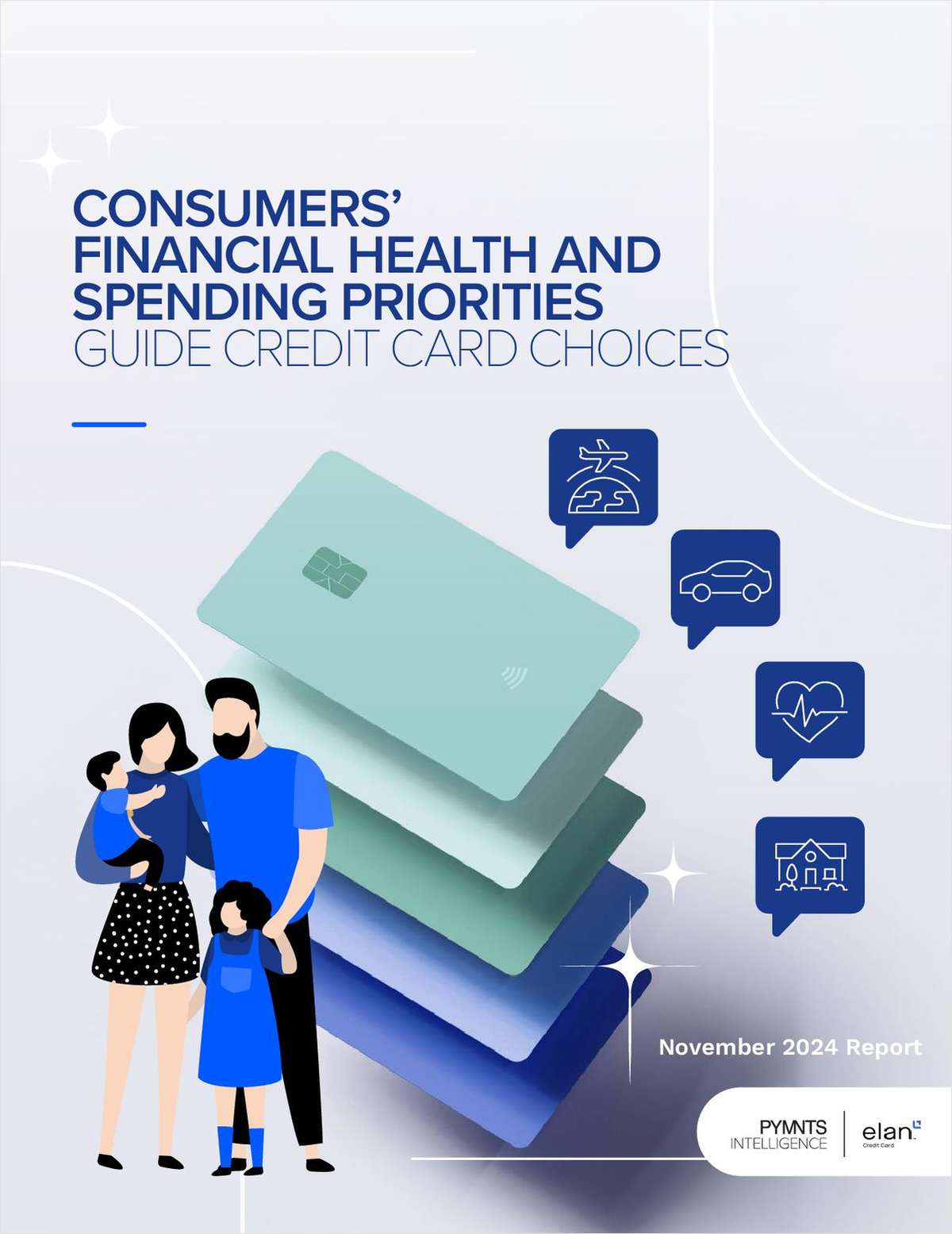Given the recent announcements from Samsung and Google in regard to Samsung Pay and Android Pay, the Des Moines, Iowa-based CUSO The Members Group is making preparations to support the various digital wallet solutions consumers will operate from their mobile devices.
In an exclusive client webinar, TMG's digital and product teams asked nearly 75 attendees if they plan to implement each solution. For both Samsung Pay and Google's Android Pay, 86% of respondents said they plan to make the solution available to their cardholders.
When asked which of the two solutions they believed would be more attractive to cardholders, 54% said Samsung Pay and 40% said Android Pay.
“Today, more than half of TMG's financial institution clients are live or have a project underway with Apple Pay,” TMG CEO Shazia Manus said. “Because Samsung and Google's rollout plans appear to follow a path similar to that of Apple's, TMG anticipates a comparable enrollment experience.”
Android Pay is now available on all near field communication-enabled Android devices running on KitKat versions 4.4 and higher through the largest U.S. card issuers. Active credit and debit cards that consumers previously loaded into Google Wallet also function within Android Pay. The $69 billion, Vienna, Va.-based Navy Federal Credit Union was the first credit union to roll out Android Pay as a mobile payments option.
Similar to Apple Pay and Samsung Pay, Android Pay relies on NFC terminals for use in-store. It also allows for in-app purchases and the use of some merchant loyalty cards and special offers.
Samsung began a trial of its mobile payments service in Korea this past July with select S6 and S6 Edge owners in preparation for a full rollout. Last week, Samsung announced a U.S. rollout will take place later this month.
With Samsung Pay comes one distinct, stand-out feature, TMG pointed out – it will work almost everywhere credit and debit cards are accepted. That's because in addition to NFC, Samsung Pay uses Magnetic Secure Transmission, a technology Samsung obtained during its acquisition of LoopPay. MST mimics mag-stripe credit and debit card systems and is expected to work at 90% of the country's terminals.
A typical credit card reading process entails the sliding of a magnetic credit card strip through a magnetic read head located in a card reader, while Samsung Pay's technology instead takes the data contained in the card's magnetic strip and wirelessly transmits it to the read head using magnetic fields. That means Samsung Pay may be compatible with older card readers that don't support NFC.
It's important to consider, however, that Verizon Wireless does not currently support Samsung Pay, TMG noted.
“With Verizon being one of the largest carriers in the U.S., that's a big problem for Samsung,” TMG Director of Digital Payments Strategy Brian Day explained. “However, a lot of people anticipate a deal will be made between Samsung and Verizon.”
Samsung devices are powered through Android operating systems, which could potentially lead to complications, he said.
“Consumers with the latest Samsung smartphones may soon find competing payment solutions pre-loaded on their devices,” Day warned. “Which solution Samsung device owners choose is likely to be influenced by both merchants and issuers.”
He added, “We had to build out tokenization solutions before we could take clients live with Apple Pay. Because we have established simple steps for taking both credit and debit portfolios through the tokenization process, and the majority of our clients are already set up, we anticipate an even faster implementation process for Android Pay and Samsung Pay.”
Apple, Google and Samsung are generating a great deal of momentum around digital payments, he noted.
“As more consumers carry handsets with mobile payment options and more merchants begin to accept them, the closer we get to widespread adoption of a new way to pay,” Day said.
While consumers think digitization of the payments ecosystem will drive the financial services industry in a new direction, that doesn't mean they are willing to give nontraditional payments providers an opportunity just yet, according to a survey from the Lombard, Ill.-based Raddon Financial Group. Nearly half of all consumers believe new providers will impact the financial space, but only 38% would consider using them and only 16% would be most likely to use Apple or Google for payments-based services, Raddon said.
Complete your profile to continue reading and get FREE access to CUTimes.com, part of your ALM digital membership.
Your access to unlimited CUTimes.com content isn’t changing.
Once you are an ALM digital member, you’ll receive:
- Breaking credit union news and analysis, on-site and via our newsletters and custom alerts
- Weekly Shared Accounts podcast featuring exclusive interviews with industry leaders
- Educational webcasts, white papers, and ebooks from industry thought leaders
- Critical coverage of the commercial real estate and financial advisory markets on our other ALM sites, GlobeSt.com and ThinkAdvisor.com
Already have an account? Sign In Now
© 2025 ALM Global, LLC, All Rights Reserved. Request academic re-use from www.copyright.com. All other uses, submit a request to [email protected]. For more information visit Asset & Logo Licensing.









